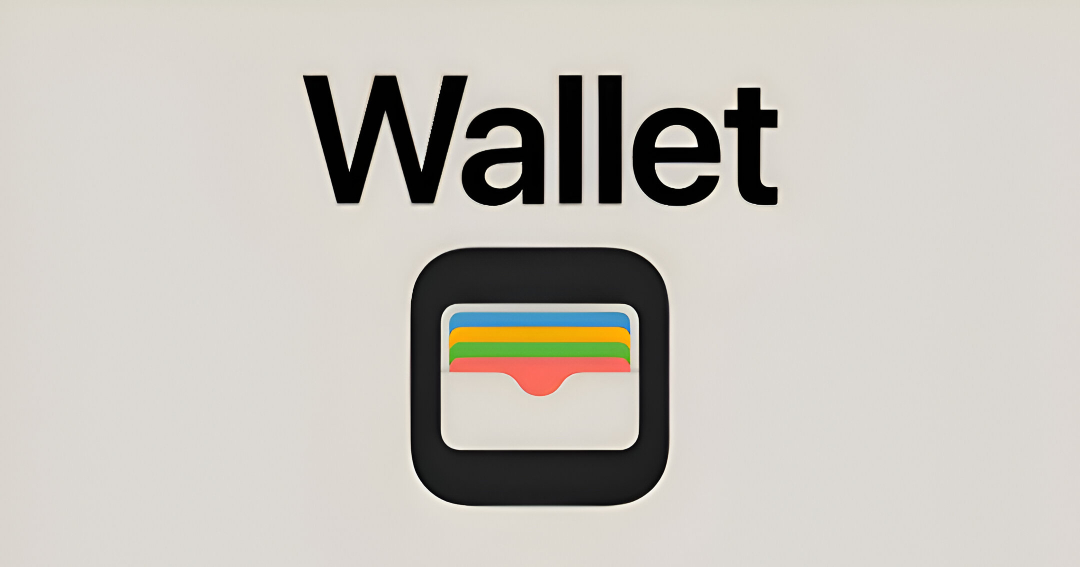Your iPhone’s Wallet app just got a lot more useful. iOS 26 introduces complete credit card storage, letting you save full card details instead of just those last four digits that barely help anyone. This means you can finally stop juggling between Apple’s ecosystem and third-party apps like 1Password just to remember your entire card number. It’s like Apple finally realized that storing partial credit card info is as useful as keeping only the corner pieces of a jigsaw puzzle.
Why This Actually Matters
Apple’s Wallet app has been frustratingly limited for years. Sure, it handled Apple Pay transactions smoothly, but try filling out an online form or booking a hotel room, and you’d hit a wall. The app only displayed those useless last four digits, forcing you to memorize card numbers or rely on separate password managers.
Picture this: you’re booking a last-minute flight at 2 AM, and the airline’s checkout form demands your full credit card number. Instead of seamlessly pulling it from your iPhone, you’re digging through screenshots or switching apps like you’re organizing your old Pokémon card collection – except way less fun and infinitely more stressful.
The new iOS 26 update fixes this glaring oversight. Now you can tap a card in Wallet, hit the details icon, and select Add Physical Card Information to store everything you actually need. Your complete card number, expiration date, security code, and cardholder name all live in one secure spot—a quiet but meaningful leap in digital wallet upgrades.
Security Without the Paranoia
Apple’s implementation hits the sweet spot between convenience and protection. Your complete card data gets encrypted and stored in iCloud Keychain, accessible only through your device authentication. The company explicitly states this information stays separate from Apple Pay transactions, so your stored details won’t accidentally trigger payments or get shared with merchants.
This approach addresses legitimate privacy concerns while delivering practical functionality. You’re not trading security for convenience – you’re getting both in a package that doesn’t require trusting sketchy third-party apps with your financial data. Think of it as upgrading from that overstuffed physical wallet your dad carried in the 90s to something that actually makes sense.
Real-world scenarios showcase the feature’s value. Online shopping checkout becomes seamless when autofill actually works with complete information. Hotel bookings no longer require password manager gymnastics. Subscription renewals happen without the dreaded “card declined” emails because outdated partial information caused payment failures.
The Real Winner: Your Sanity
This feature eliminates one of those daily tech frustrations that slowly drives you crazy. No more screenshot hunting through your photo library for card details. No more switching between apps mid-checkout. No more wondering if that password manager subscription is worth it just for credit card storage. And now, with the latest iOS update, Apple has finally addressed its long-standing Two-Factor Problem, too.
The timing makes perfect sense. As digital payments become the norm rather than the exception, having scattered card information across multiple apps creates unnecessary friction. Apple’s consolidated approach streamlines your financial toolkit without compromising the security standards that made Apple Pay trustworthy in the first place.
Your credit cards deserve better than living in digital fragments. iOS 26’s Wallet update finally treats them like the complete financial tools they are, bringing order to the chaos of modern digital payments.






0 Comments